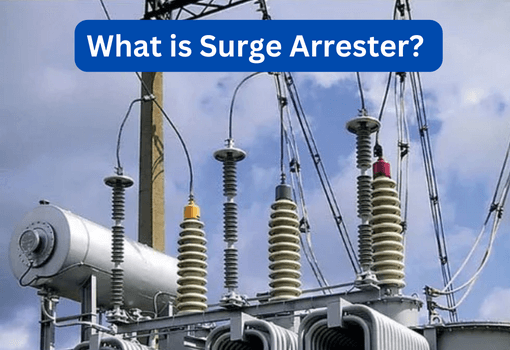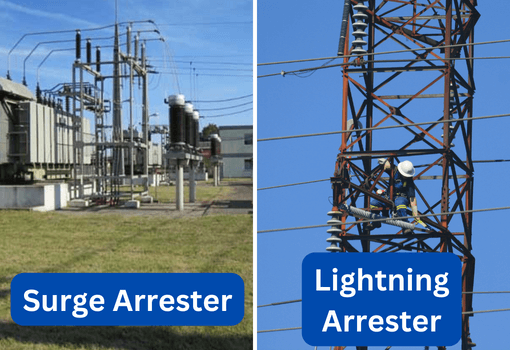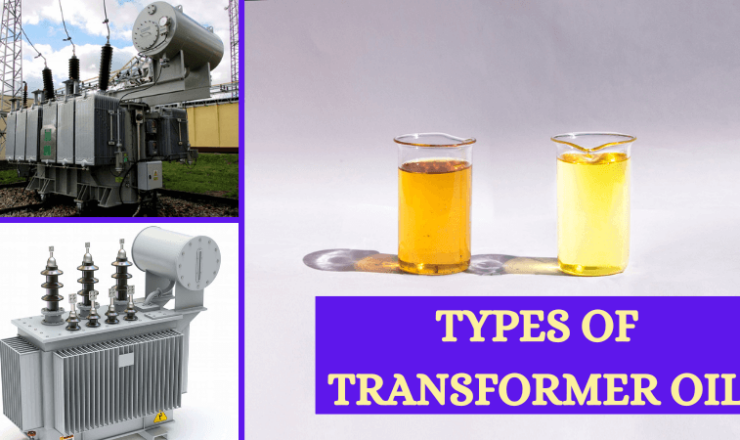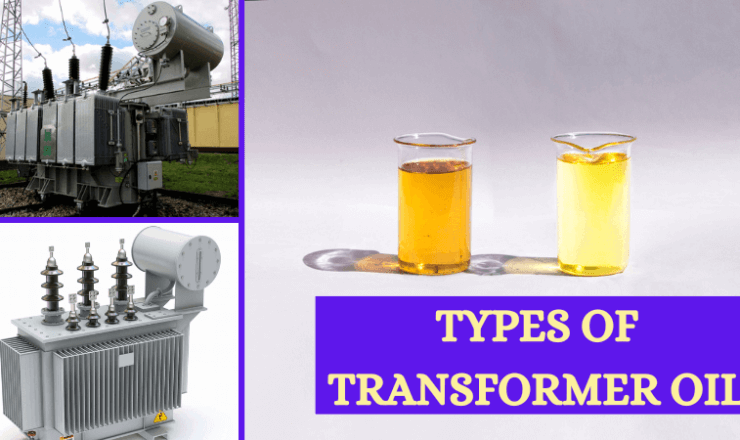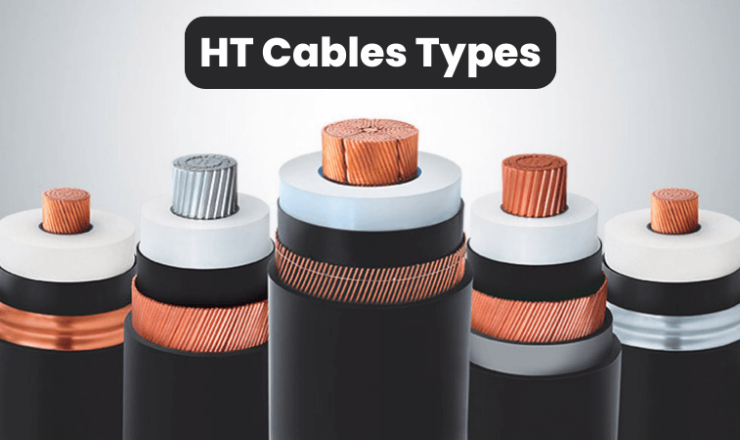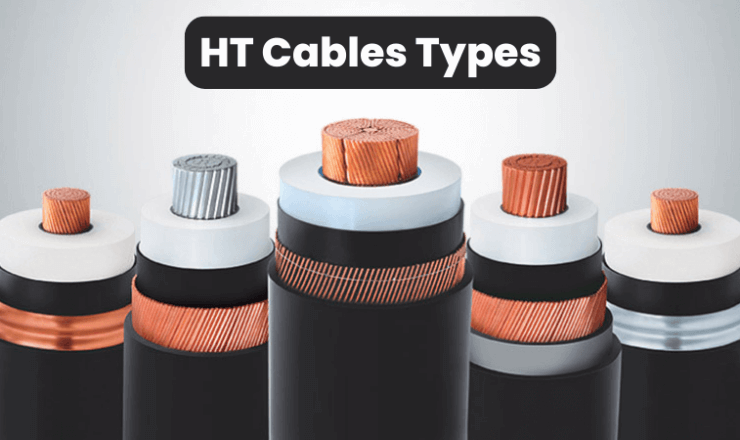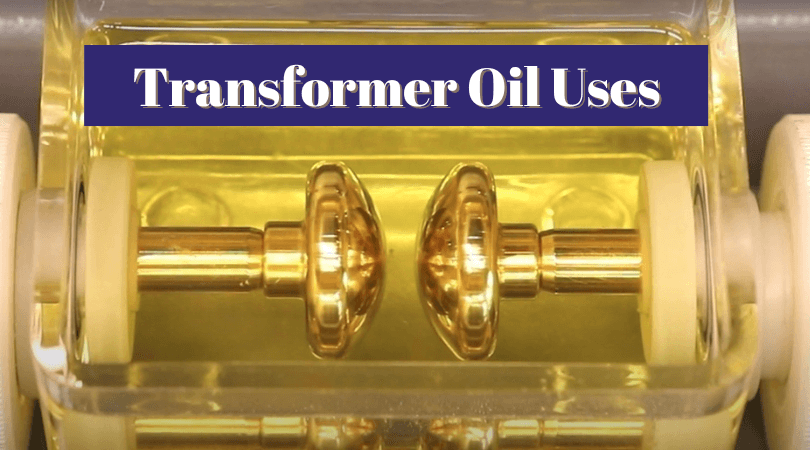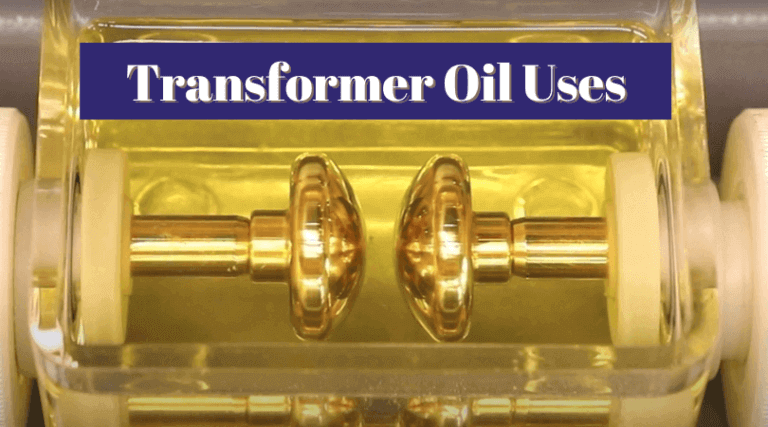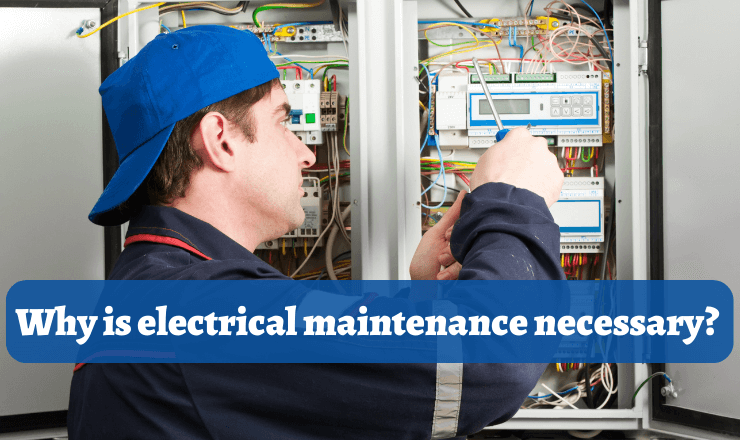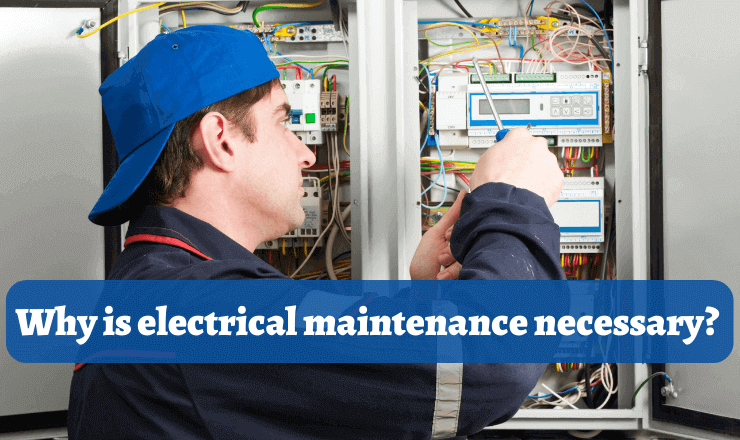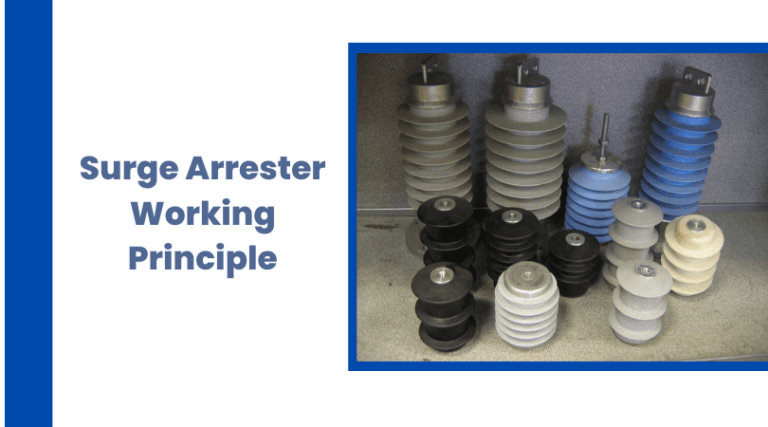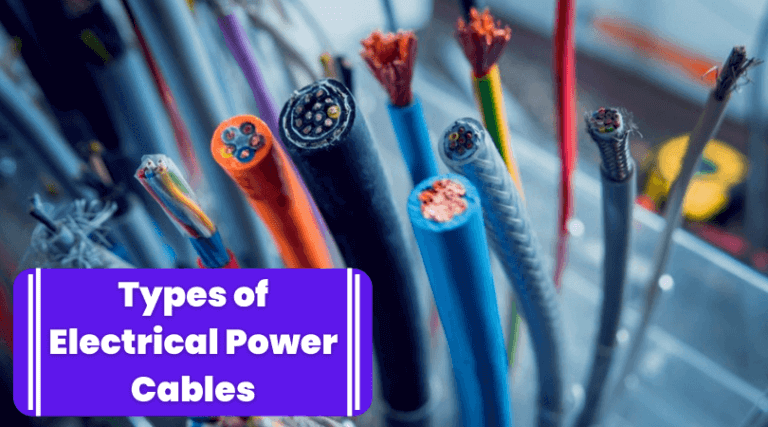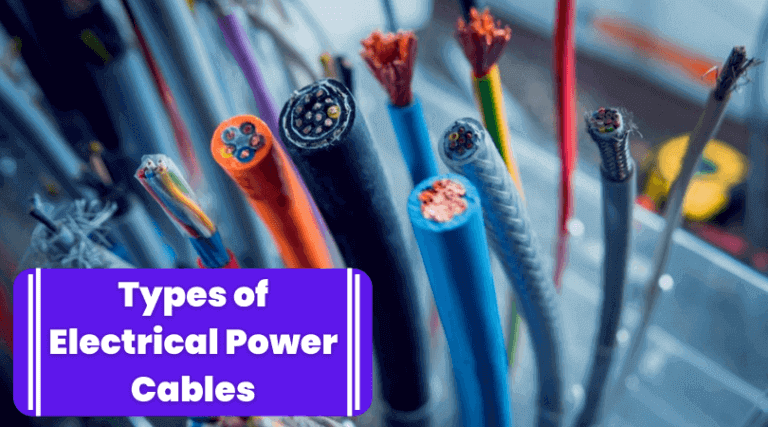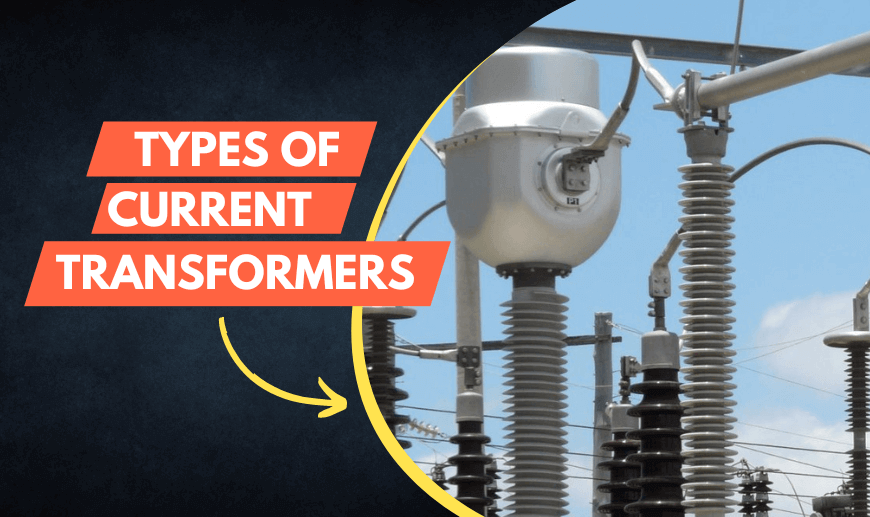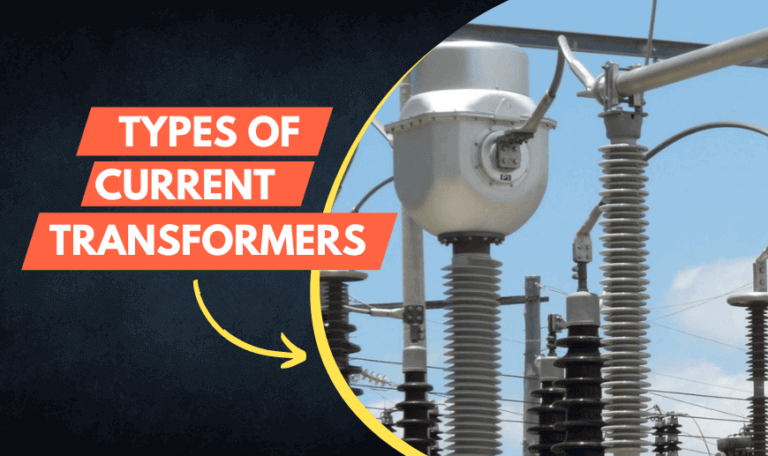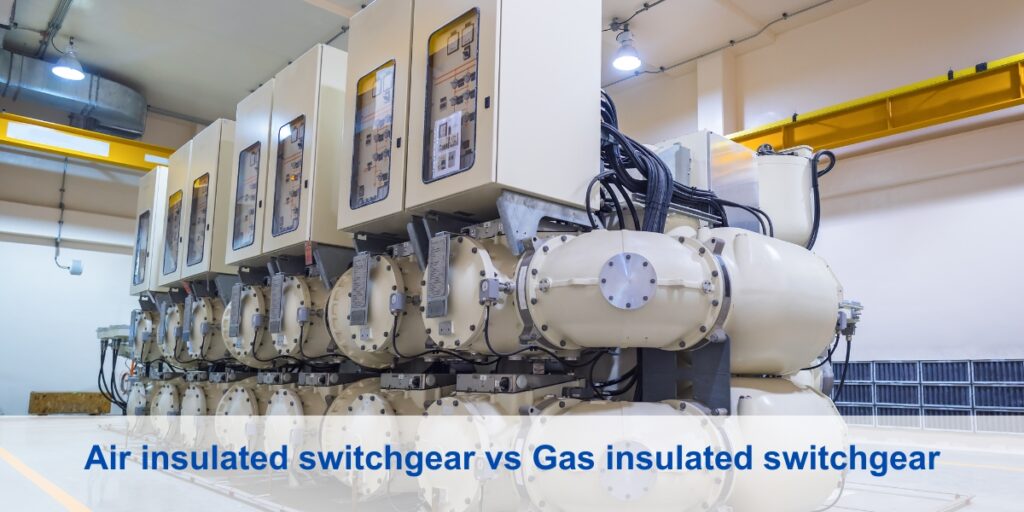
Air insulated switchgear vs Gas insulated switchgear
Air-insulated switchgear (AIS) and gas-insulated switchgear (GIS) are two types of equipment employed in the electrical power distribution and transmission industry. While AIS is commonly used in low and medium-voltage systems, GIS is used in high-voltage systems.
In this article, we discuss their benefits, applications and differences to provide a thorough understanding of AIS and GIS.
What is air-insulated switchgear?
Air-insulated switchgear is a secondary power distribution device and medium voltage switchgear that helps redistribute the power of a primary power distributor powered by a high voltage distribution transformer.
AIS controls, protects and isolates electrical equipment in power transmission and distribution systems. The equipment is designed to be operated in the air at atmospheric pressure, which is why the name “air-insulated.”
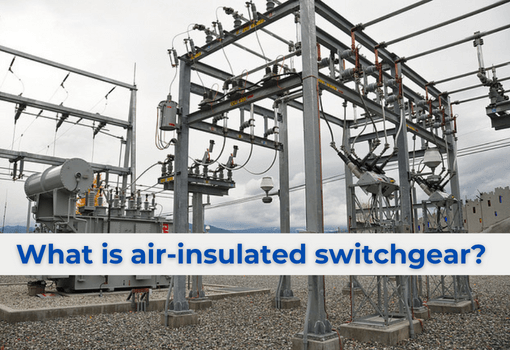
Advantages of AIS
- It is a primary choice for areas with extensive space.
- Due to low construction and switchgear costs and good design, the system is financially viable.
- Less time spent on construction makes it suitable for immediate installs.
- All the equipment is visible, making maintenance simple. Faults are simple to identify and fix
Applications of AIS
- Power generation stations
- Airports
- Railway stations
- Shopping malls
- Oil and gas
- Mining
- Marine
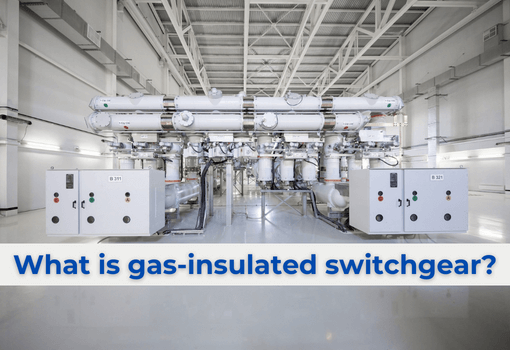
A gas-insulated switchgear is a composite device enclosed in a solid metal frame comprising electrical devices like transformers, circuit breakers, bus cars, surge arrestors, etc. These components are housed in shielded chambers with barrier devices and submerged in sulfur hexafluoride gas (SF6).
The main uses of a GIS substation are switching, separating, converting, monitoring, and distributing electrical energy in power systems. SF6, an inert gas with high insulating qualities, chemical stability, and thermal stability, is used as the primary component of a GIS device.
Advantages of GIS
- The earthed metal enclosure provides the attending staff with a secure working space.
- Because the insulation system is less disrupted by compartmentalized containment of the live sections, the system is very dependable.
- Minimal maintenance due to efficient design and protection from the weather.
- Rapid assembly as a result of thorough pre-assembly
Applications of GIS
- Power transmission
- Railways
- Grid integration of renewable energy production facilities
- They are favored in big cities because there is limited room available in cities.
- Valleys, as well as mountain regions
- Underground substations
- Substations on sea or lake
- HVDC-based terminal substations for transmission
- Industrial complexes
Differences between air-insulated switchgear and gas-insulated switchgear
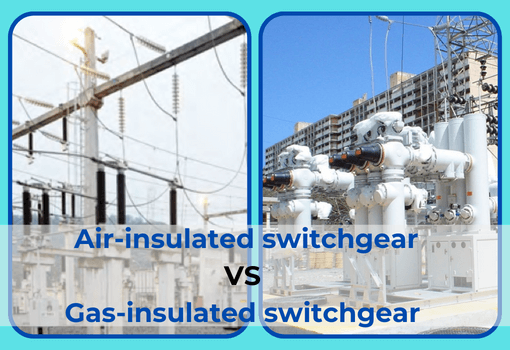
| AIS (air-insulated switchgear) | GIS (gas-insulated switchgear) |
| It has a metal-clad system that employs air insulation. | It uses the gas sulfur hexafluoride for insulation. Sulfur hexafluoride is much heavier than air and offers great extinction behavior. |
| Three-position draw-out circuit breakers are used in the metal-clad AIS. | GIS systems use fixed-mounted circuit breakers. |
| More economical for low/medium voltage systems. | It is expensive as compared to AIS. |
| More maintenance cost over a lifetime | Less maintenance cost |
| The AIS breaker is removable for maintenance & troubleshoot | The breakers here are ‘sealed-for-life.’ |
| AIS systems cover more space | GIS systems cover less space |
| More installation time | Less installation time |
| Visual inspections of AIS systems should be done every year to every two years. | GIS switchyards require significantly less maintenance |



